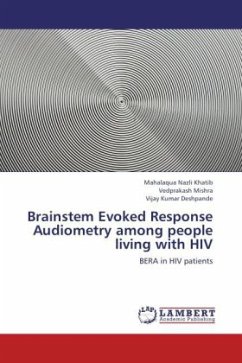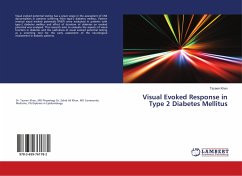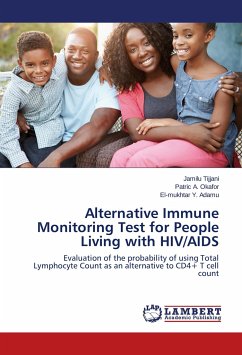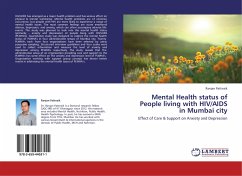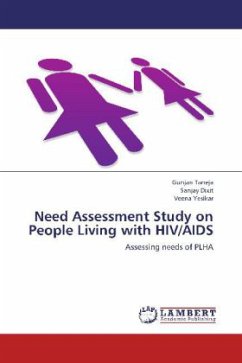A cross-sectional study was conducted on 72 HIV participants to detect the type and frequency of irregularities in Brainstem Auditory Evoked Potential and to correlate hearing loss with risk factors. Participants underwent case history interviews and medical record reviews, as well as hearing assessment with conventional BERA. In our study, 48(66.66%) participants did not show demonstrable hearing loss and 24(33.33%) participants had hearing loss. Participants with complaints of hearing loss were 15 (20.83%) while 9 (12.5%) participants with negative history of hearing loss showed auditory deficits. Twelve(16.6%) participants had sensorineural hearing loss, 8 (11.1%) participants had conductive hearing loss while only 4 (5.5%) had mixed hearing losses. The results depict that lower CD4 counts predispose the participants to hearing losses.It was also noted that hearing loss in more (40%) in participants receiving ART. We intend to increase awareness among health providers; so thatHIV positive subjects are screened and measures are incorporated to improve quality of life of PLHIV.
Bitte wählen Sie Ihr Anliegen aus.
Rechnungen
Retourenschein anfordern
Bestellstatus
Storno

